Have Chariots of the Gods Descended? Unveiling the Enigmatic World of Ancient Astronaut Theorists
- Admin
- 1 year ago
- 4 minutes read

From pyramids to myths, the ancient astronaut theory explores the tantalizing possibility of extraterrestrial encounters shaping our past.
For millennia, humanity has gazed skyward, pondering the vastness of the cosmos and the possibility of intelligent life beyond our own blue marble. This inherent curiosity has birthed countless myths and legends, weaving tales of celestial beings visiting Earth and shaping our very existence.
While dismissed as mere fantasy by many, the ancient astronaut theory (AAT) proposes a more literal interpretation, suggesting that extraterrestrial beings interacted with our ancestors, leaving behind undeniable traces in our history, culture, and even DNA.
From Pyramids to Puma Punku: Decoding the "Alien Artefacts"
AAT proponents point to various archaeological wonders as evidence of extraterrestrial intervention. The towering pyramids of Giza, with their precise alignment and seemingly impossible construction techniques, are often cited as examples. The intricate stonework of Puma Punku in Bolivia, featuring massive, perfectly-cut blocks defying explanation with known technology, further fuels the theory.
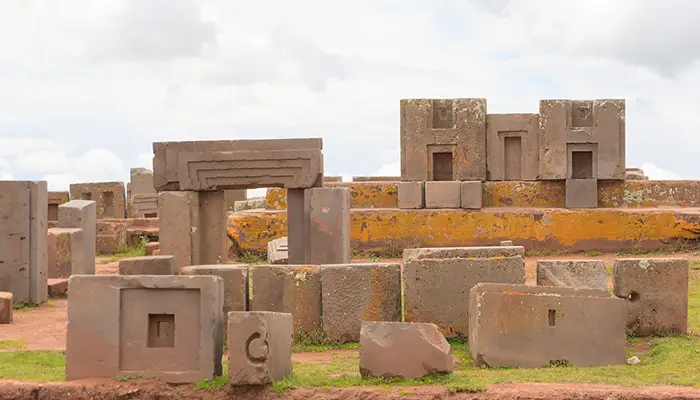
These "alien artefacts," however, aren't solely limited to grand monuments. Proponents often delve into ancient texts and artwork, interpreting depictions of celestial bodies, flying objects, and figures with unusual features as proof of alien contact. The enigmatic Nazca Lines in Peru, featuring vast geoglyphs etched into the desert plains, are frequently presented as landing strips for extraterrestrial spacecraft.
Beyond Artefacts: Examining the "Alien Agenda"
The theory doesn't stop with physical evidence. AAT proponents delve into the realm of human origins and cultural similarities across disparate civilizations. They point to the universality of creation myths featuring god-like figures descending from the heavens, often associated with advanced knowledge and technology. Similarities in symbols, religious practices, and even calendar systems across continents are presented as evidence of shared contact with extraterrestrials.
Some even venture into the realm of genetic manipulation, suggesting that ancient astronauts may have tinkered with our DNA, explaining the diversity of human physical characteristics and intellectual abilities. These more extreme claims, however, often lack concrete scientific backing and delve into the realm of pure speculation.
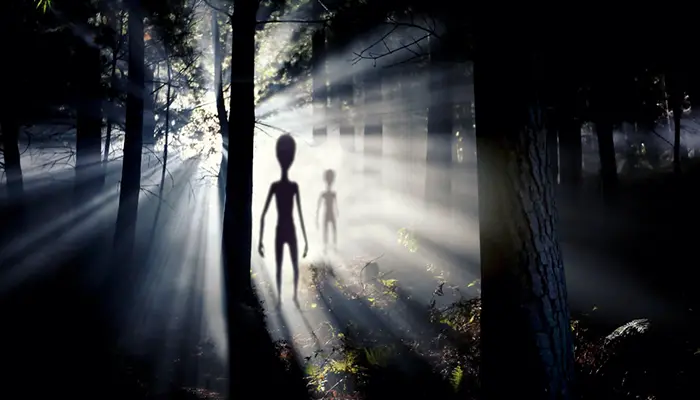
Scepticism and the Scientific Divide
It's crucial to acknowledge that the AAT remains largely outside the mainstream of scientific discourse. The vast majority of archaeologists, anthropologists, and historians attribute the wonders cited by proponents to human ingenuity and cultural development within the constraints of known technology. They argue that misinterpretations of symbolism, coupled with confirmation bias, lead to misconstruing cultural and natural phenomena as evidence of alien intervention.
The lack of physical evidence directly linking extraterrestrial beings to these marvels further strengthens the sceptics' case. Moreover, the vast temporal and geographical distances involved in the theory pose significant logistical challenges, making widespread and sustained contact with ancient humans seem improbable.
Beyond Belief: The Allure of the Ancient Astronaut Theory
Despite scientific scepticism, the AAT continues to capture the imagination of millions. Its enduring appeal lies in its ability to offer alternative explanations for the mysteries of our past. It provides a sense of wonder and a connection to something grander than ourselves, tapping into a fundamental human desire to understand our place in the universe.
Whether viewed as a fringe theory or a thought-provoking hypothesis, the AAT encourages us to question, explore, and challenge established narratives. It reminds us that the universe holds countless secrets waiting to be unravelled and that the vastness of space might harbour answers we can only begin to imagine.
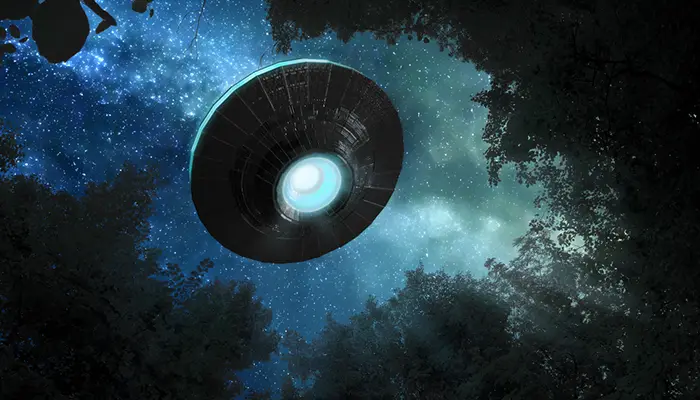
So, have the chariots of the gods descended upon Earth? The answer, at present, remains shrouded in mystery. But as we continue to explore the cosmos and delve deeper into our own past, the possibility of extraterrestrial contact, once relegated to the realm of science fiction, might one day become a reality.
Until then, the AAT serves as a reminder that the human spirit craves answers and that the search for them is a journey in itself, filled with wonder, speculation, and the insatiable desire to know our place amongst the stars.

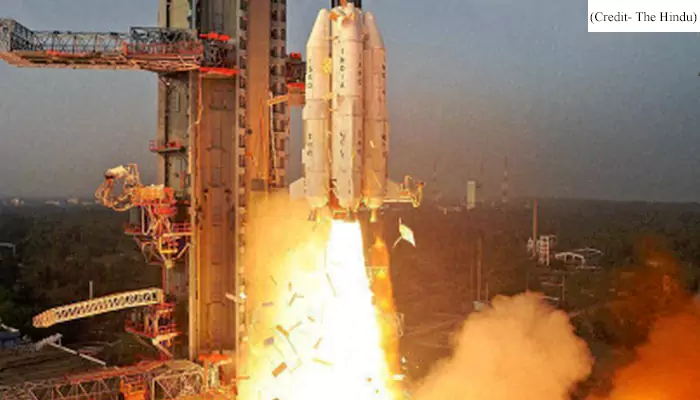
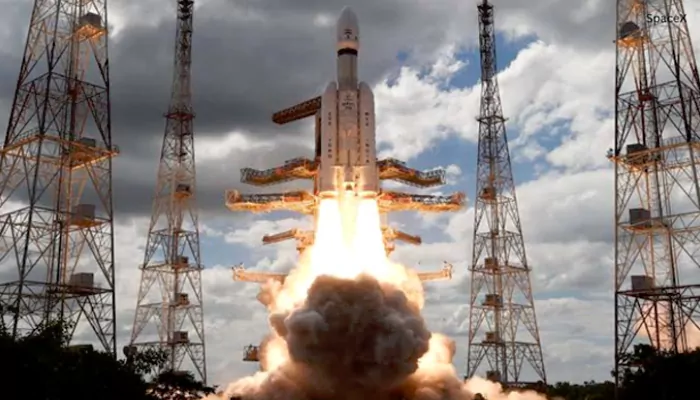
.WEBP)








